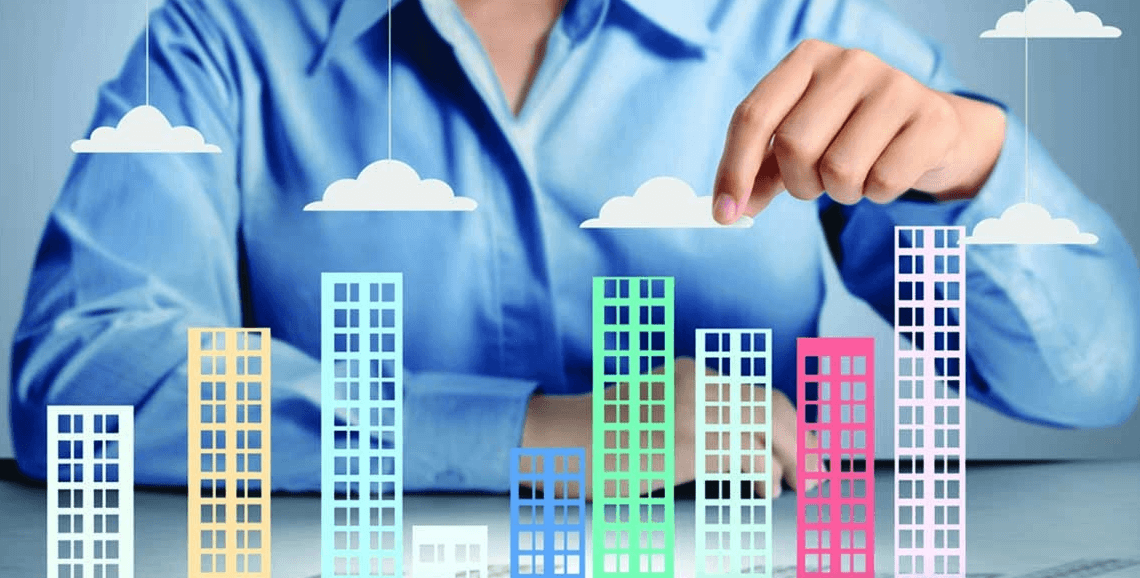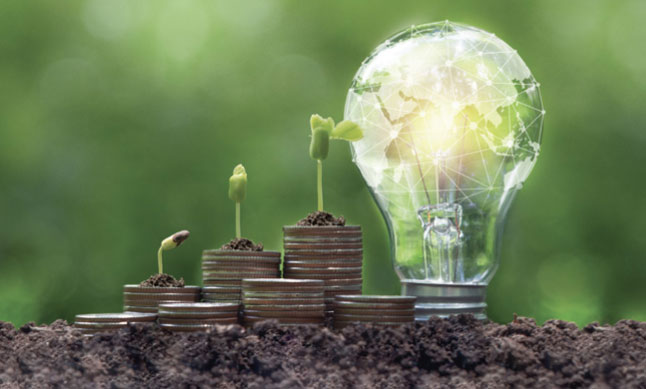Introduction
As the capital and economic heart of the Philippines, Manila continues to attract residents, businesses, and investors seeking growth and opportunity. At the core of this transformation are Manila developers, whose projects are redefining the city’s skyline and setting new standards for urban living. With a blend of residential, commercial, and mixed-use developments, these visionaries are building spaces that reflect both the city’s dynamic pace and its rich cultural heritage.
Manila developers play a crucial role in addressing the needs of a growing and diverse population. With rapid urbanization driving demand for housing, they deliver projects that range from affordable condominiums designed for young professionals to high-end luxury residences catering to executives and expatriates. By offering a broad spectrum of options, they ensure that the city’s real estate market remains inclusive and adaptable to different lifestyles and budgets.
The capital’s central position as the hub of government, business, and international trade makes strategic location a defining strength of Manila developments. Projects are often situated near major business districts, transport hubs, and commercial centers, providing residents with unparalleled access to opportunities and conveniences. Developers are increasingly aligning their projects with infrastructure initiatives, such as expanded rail networks and new expressways, to enhance connectivity and ease urban mobility.
Lifestyle-driven amenities are a hallmark of modern Manila developments. Developers integrate features such as fitness centers, co-working spaces, retail complexes, and green areas into their projects to provide holistic living environments. By balancing convenience and leisure, these developments reflect Manila’s identity as a bustling metropolis that values both productivity and relaxation.
Sustainability and technology are also shaping the work of Manila developers. Many are adopting eco-friendly design practices, energy-efficient systems, and smart home technologies to create future-ready communities. This focus not only meets the growing demand for sustainable living but also positions Manila as a city capable of keeping pace with global trends in real estate.
From an investment perspective, Manila remains one of the most competitive markets in the Philippines. The city’s strong economic fundamentals, thriving business process outsourcing (BPO) sector, and expanding infrastructure continue to drive demand for real estate. Developers are creating projects that appreciate in value while offering attractive returns for both local and foreign investors, making Manila a prime destination for long-term growth.
Conclusion
Manila developers are more than builders—they are visionaries shaping the future of the Philippines’ capital. By combining strategic locations, modern amenities, and sustainable practices, they create communities that reflect the vibrancy of the city while preparing it for the challenges of the future. As Manila continues to evolve, its developers will remain at the forefront of building a dynamic, inclusive, and globally competitive urban landscape.




